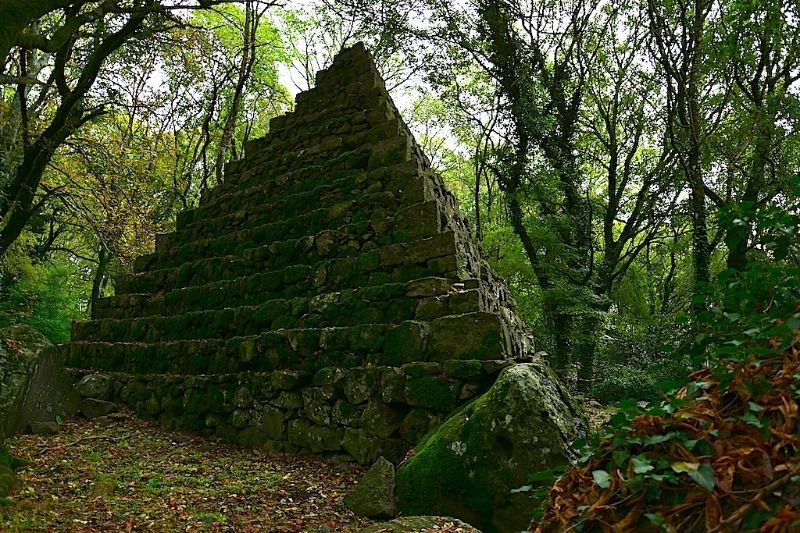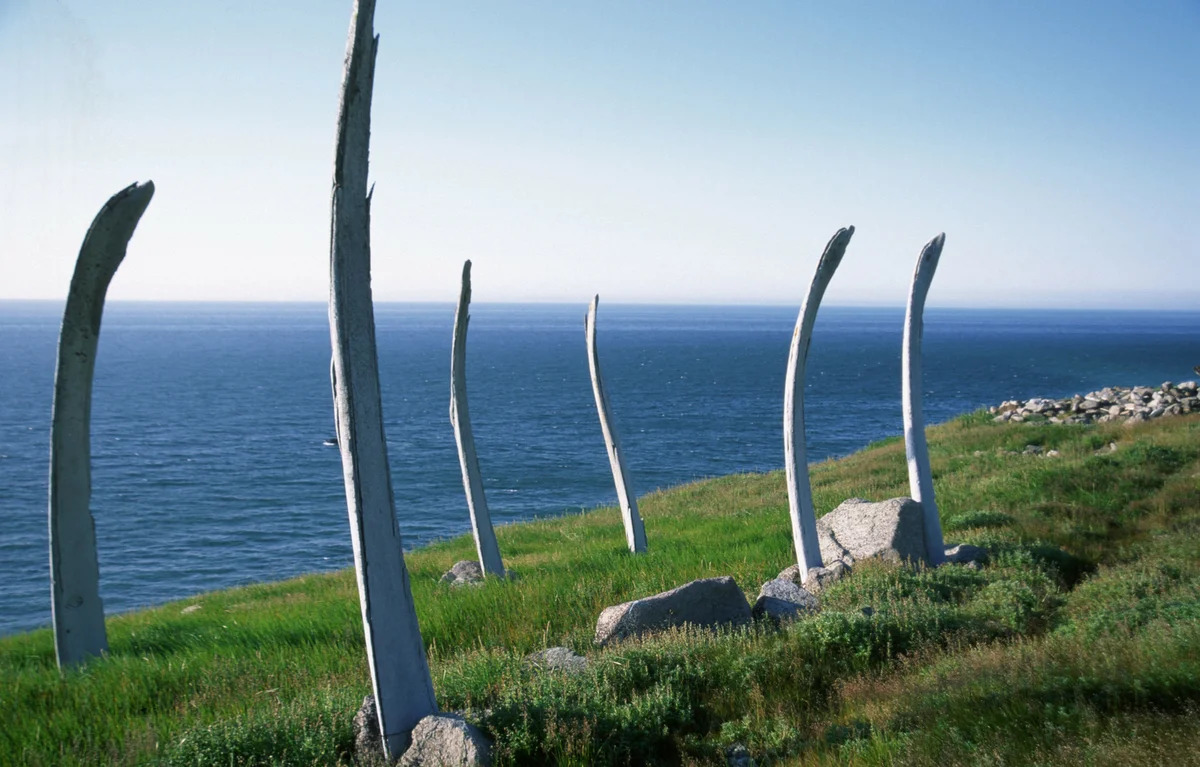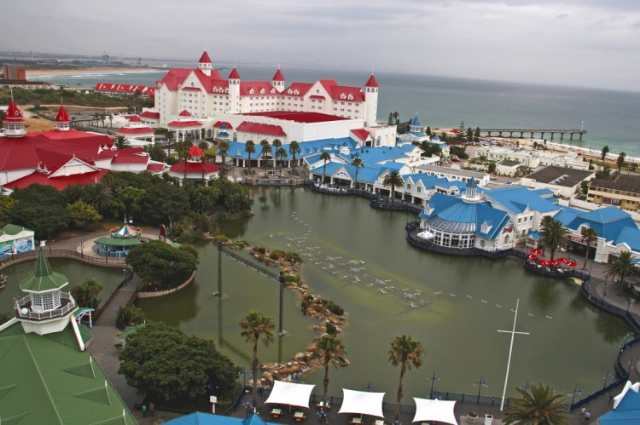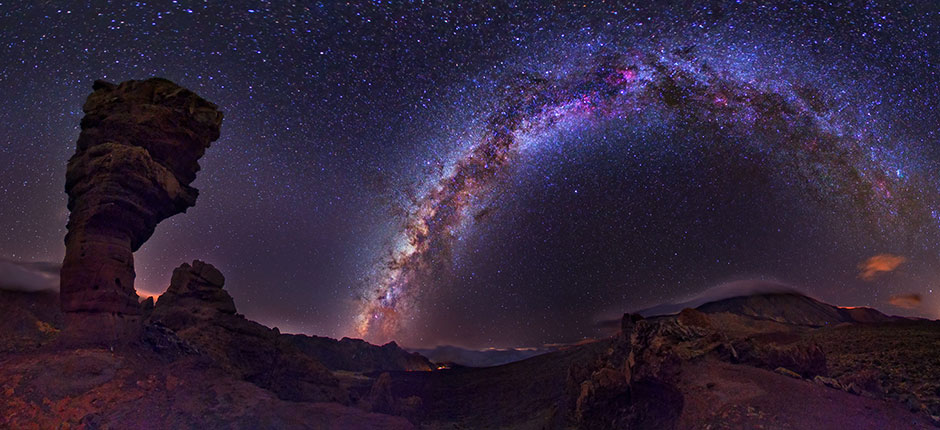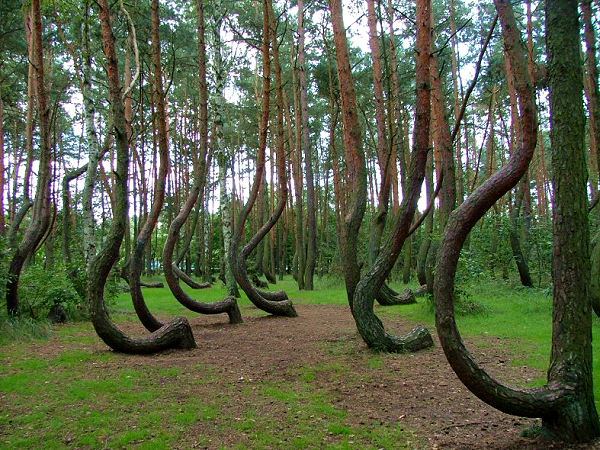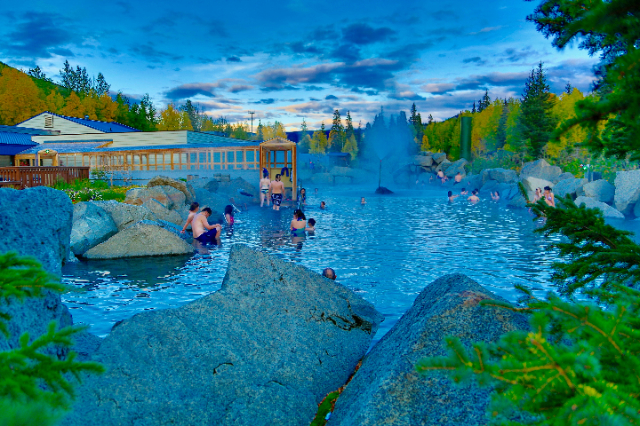Garibaldino and Senator of the Kingdom of Italy, Odoardo Luchini (1844-1906) wanted to dedicate a wood to his wife Isabella, a famous Macchiaioli painter. The suitable place was found in a steep terrain that acted as a link between the city walls and the fields. The wood was skilfully created, but with interventions that respected nature. The boulders, the clearings, the pools of water, the most panoramic places were highlighted, but only using stones collected on the spot and without digging or levelling the ground. At the same time they respected the Etruscan ruins, found by chance, and the remains of the Radicofani fortress, destroyed during the last Medici siege in 1555. The Luchini family were Freemasons, and although Odoardo was a "sleeper" who had left the lodge, he did not fail to show his membership in the creation of the wood, making it a true initiatory-esoteric path. Much of what may appear natural is in fact well studied: the arrangement of some trees in groups of three, the buried jar before the square (to recall the basin of Solomon’s temple for ablutions), the two large boulders at the beginning of the path leading to the pyramid (representing the two columns of the Solomonic temple Boaz and Jachin), the boxwood hedge in the shape of a circle to represent the overseeing eye. And, clearly visible, the great pyramid with a triangular base, the main symbol of Freemasonry
